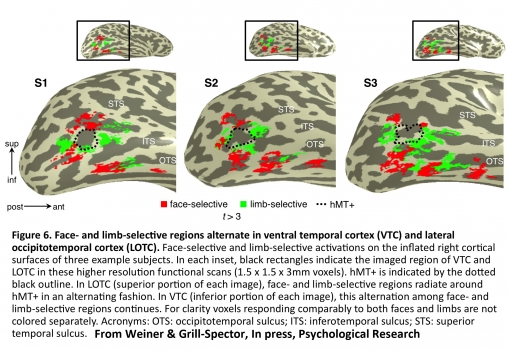Research Topics
Department Areas
Academic Programs
Talks, Colloquia, Events
Department History
How our research is changing the world
Resources
Department News and Awards
Psychology Calendar
Upcoming Events
-
Fri, 03/11/2016 - 3:15pm - 4:30pm
-
Mon, 03/14/2016 - 5:10pm - 6:20pm
-
Fri, 03/18/2016 - 3:15pm - 4:30pm
-
Mon, 03/28/2016 - 5:10pm - 6:20pm
-
Mon, 04/11/2016 - 5:10pm - 6:20pm
Stanford Home | Contact Us | Maps and Directions
Department of Psychology | Jordan Hall, Building 01-420 | Stanford University | 450 Serra Mall | Stanford, CA 94305
Mail Code: 2130
Department of Psychology | Jordan Hall, Building 01-420 | Stanford University | 450 Serra Mall | Stanford, CA 94305
Mail Code: 2130
© Stanford University. Stanford, California 94305. (650) 723-2300. Terms of Use | Copyright Complaints








